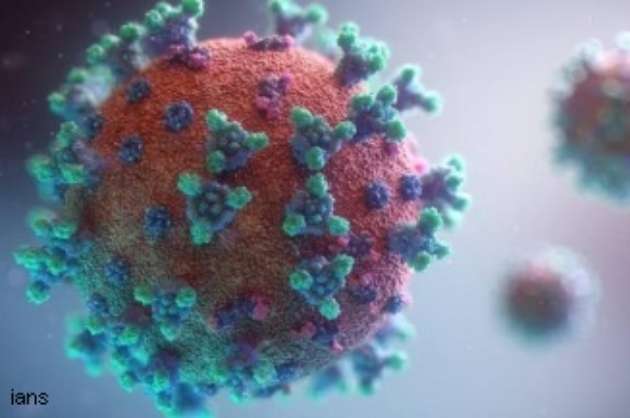Yashashree Malpathak
www.mediaeyenews.com
Previously, viruses were given names depending on the diseases they caused, the sites in the body where they were found, or the scientists who claimed to have discovered them. Consider the Spanish flu of 1918 or the Zika virus named after the Zika Forest in Uganda. Some relatively recent examples include the swine flu, bird flu, or the Ebola named after the Ebola River in the Democratic Republic of the Congo. However, this had led to fear, confusion and most importantly, the stigmatization and discrimination of the communities and people and animals associated with these names.
The actual classification of viruses became achievable in the 1960s with the invention of the electron microscope. Viruses are now primarily identified by their phenotypic traits, such as morphology, nucleic acid type, replication mode, host organisms, and disease type. Electron microscopy (EM) has a strong resolving power, that allows studies at the nanometer scale and delivers direct images of viruses for diagnosis and research. The International Committee on Virus Taxonomy (ICTV), founded in 1966, organizes and authorizes the virus classification and nomenclature. The Baltimore approach can also be used to divide viruses into seven groups based on how they synthesize mRNA. It was created by David Baltimore and divides viruses into groups based on their genome – RNA, DNA, single or double-stranded – and replication technique.
Why are the names of the virus and the disease distinct?
Viruses and diseases can have different names. The name of the disease is more well-known than the name of the virus. COVID-19, for example, is the disease caused by SARS-CoV-2. This is because virologists name viruses based on their genetic structure, which is then used in the scientific community to research and produce tests, vaccines, and medications.
Diseases, on the other hand, are given names to facilitate discussions about disease prevention, transmission, severity, and treatment. Because the World Health Organization (WHO) is responsible for human disease preparedness and response, the diseases are formally named by WHO in the International Classification of Diseases (ICD).
Nomenclature and classification of SARS-CoV-2 Variants
To consider easy-to-pronounce and non-stigmatizing labels for the SARS-CoV-2 variants designated as ‘Variants of Interest’ and ‘Variants of Concern’, WHO has labelled them according to letters of the Greek Alphabet such as Alpha, Beta, and Gamma, in consultation with WHO Virus Evolution Working Group, the WHO COVID-19 reference laboratory network, representatives from GISAID, Nextstrain, Pango and additional experts in virological, microbial nomenclature, and communication. These labels that do not replace the existing scientific names are recommended to be used for easier public communication.


































Very informative and relevant to the current pandemic situation.
Woah, this is so informative
Very useful!
Oh that’s an interesting thing to know.